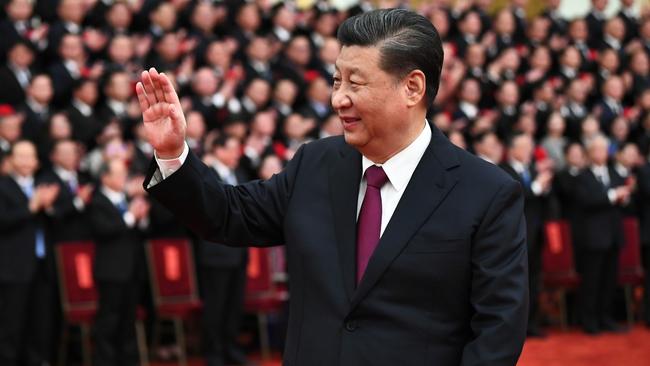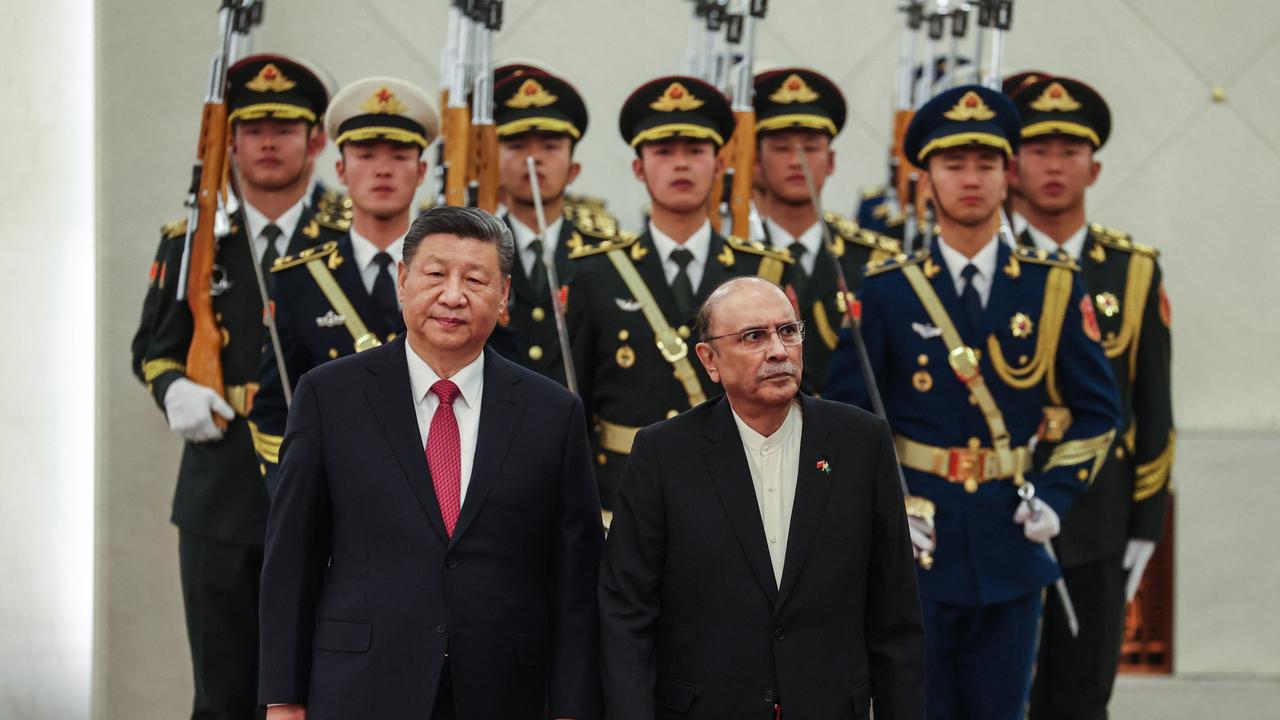China allows couples to have three children
China has further relaxed its family planning policy after a census showed its population is rapidly ageing.

China has relaxed its family planning policy to allow couples to have three children after a census showed its population is rapidly ageing, state media reported on Monday.
The decision is a further unwinding of four decades of controls in the world’s most populous nation which have strangled the birthrate.
For almost 40 years, China enforced a “one-child policy” — one of the strictest family planning regulations worldwide — which was relaxed in 2016 to a “two-child policy” due to widespread concerns over an ageing workforce and economic stagnation.
Despite government efforts to encourage couples to have children, China’s annual births have continued to plummet to a record low of 12 million in 2020, the National Bureau of Statistics said last month, as the cost of living rises and women increasingly make their own family planning choices.
The slump threatens a demographic crisis which has alarmed the ruling communist party headed by President Xi Jinping, booking in a shortage of young workers to drive an economy experts say will by 2050 will have to support hundreds of millions of elderly.
“To actively respond to the ageing of the population … a couple can have three children,” Xinhua said, citing a Monday meeting of China’s elite politburo leadership committee hosted by Mr Xi.
The politburo also said that the regime would offer more equitable educational resources and reduce educational expenditures for families — widely seen by experts as factors holding back many young couples from having more children.
The politburo also pledged to improve the nation’s maternity-leave policies, enhance its tax and housing policies and better protect the rights of female workers in a bid to encourage couples to have more babies.
China’s fertility rate stands at 1.3 — below the level needed to maintain a stable population, the National Bureau of Statistics revealed on May 11.
The once-in-a-decade 2020 census results also showed that China’s population grew at its slowest rate since the 1960s, reaching 1.41 billion.
It comes alongside a sharp drop in the number of working-age people, once again raising fears of a looming demographic crisis.
The politburo also said the government would gradually raise the national retirement age, without elaborating.
China’s gender balance has also been skewed by decades of the one-child policy, and a traditional social preference for boys which prompted a generation of sex-selective abortions and abandoned baby girls.
Although the policy has been relaxed in the last few years, this has not prompted a baby boom as policymakers had hoped.
Falling marriage rates in recent years have played out in slower birth rates, as have rising costs of living and increasingly empowered and educated women delaying or avoiding childbirth.
It may be too late to reverse the downward trend, some experts say.
“Most families have a preference for few children now — akin to the rest of Northeast Asia,” said Lauren Johnston, a China economics and demography researcher at SOAS University of London. “By the time of the next census will there be many third children? Probably few.”
As China ages, there are significant economic and political implications for the world’s second biggest economy.
“It’s reasonable for the government to introduce policies to spur childbirths in the face of huge population pressure,” said 31-year-old Vivien, who is married.
“Having children is a citizen’s contribution to their country.”
A third of Chinese are forecast to be elderly by 2050, heaping huge pressure on the state to provide pensions and healthcare.
But for a younger generation of women, living in the hyper-competitive normality of modern China’s cities where good work and accommodation are hard to find, the relaxation may have little attraction.
“Personally, I don’t want to have even a single child,” said a 27-year-old single woman who gave her name only as Wendy.


